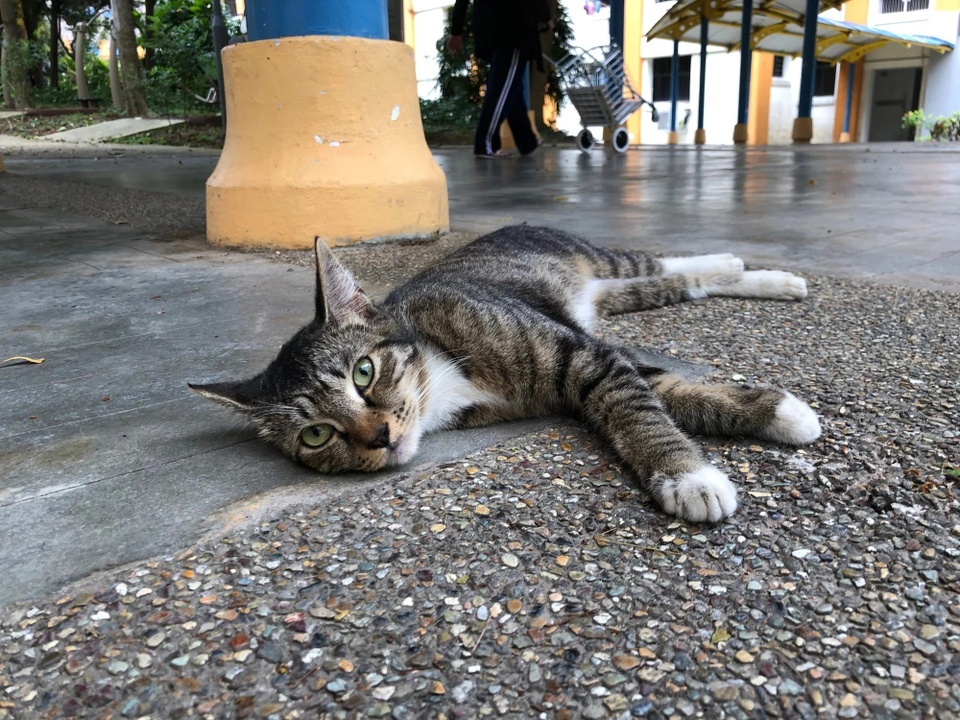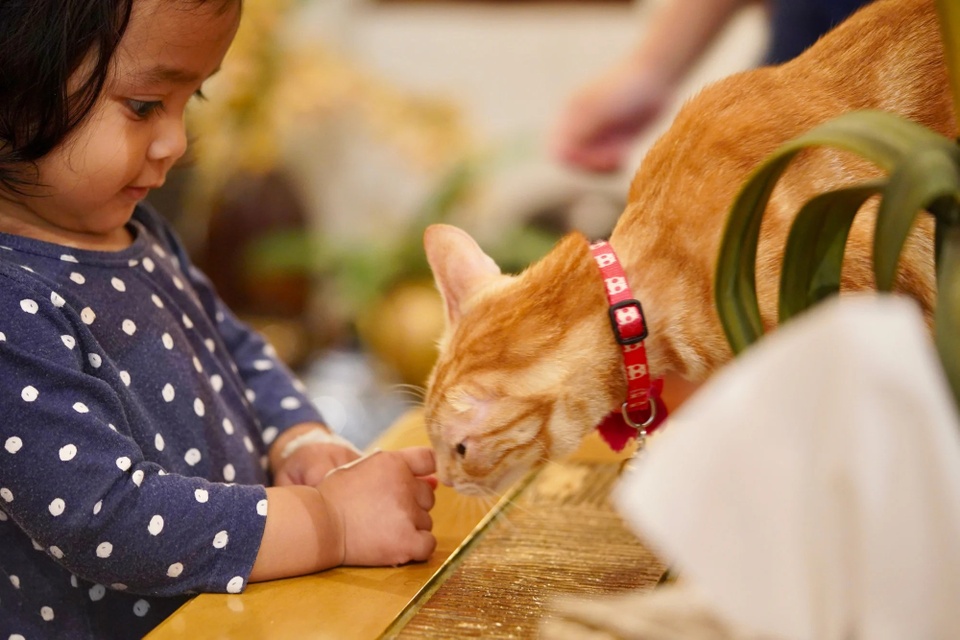Although the ban on keeping cats in social housing has existed since 1989, its removal is said to be “excessive” because many people do not even know of its existence.

In Singapore, 62 breeds of small dogs, birds and fish are allowed in social housing (HDB flats) but cats are completely banned. The move was criticized by animal rescuers and cat lovers as “double standards”.
Violators of this rule risk being fined up to 4,000 SGD (equivalent to USD).
Recently, when the government decided to lift the ban, many cat lovers praised this as a fair action.
A “cat management framework” is also in place, including a licensing and microchipping scheme for domestic and stray cats. The proposed changes will need additional contributions before taking effect at the end of 2024, according to the South China Morning Post .
Meaningless ban?

The initial premise for Singapore to ban cat ownership is that these animals tend to roam. Many people living in social housing are afraid that owners will let them into their homes, or bring stray cats home, causing trouble. causing nuisance and unsanitary problems.
According to the Housing Development Board (HDB) website, the ban on keeping cats in communal flats – where about 80% of Singaporeans reside – was first introduced in 1989 because cats “are often difficult to house”. in the apartment”.
“When allowed to roam indiscriminately, cats tend to shed their hair and defecate or urinate in public areas, while also making meowing sounds, which can be inconvenient for pets.” neighbors,” the regulation said.
But the rather paradoxical reality is that many people who keep cats in social housing have forgotten or even don’t know about the ban’s existence. Because since they raised cats, no agency came to HDB to check their existence.
Farhan Hamid (28 years old) brought two cats to adopt in 2019. At first, he was very careful to avoid being discovered by neighbors, but later he let down his guard and stopped hiding.
“As far as I know, there is no agency or authority that checks HDB flats for signs of cats,” Farhan said.
In fact, cats living in community apartments are often left alone unless neighbors complain to the housing board. Cat owners who spoke to This Week in Asia said they either didn’t know about the ban, or didn’t care much because of the lack of active enforcement by the authorities.

A cat owner named Alicia (25 years old) said many of her colleagues keep up to 10 cats in the house and do not care about the ban.
“I knew about the ban but no one enforced it anyway,” she said.
However, for those who don’t like cats, the lifting of the ban makes them concerned about hygiene issues in the apartment complex they live in.
A 27-year-old writer said: “I feel quite scared that I will see more cats in this area. Even if HDB only allows two cats, God knows how many people will actually keep “.
HDB representatives said their primary concern is to maintain a pleasant and harmonious living environment on HDB properties, as well as maintain good neighborly relations, CNA reported.
“To achieve this goal, we strive to balance the interests of pet-loving residents and those who may be affected by the dissonance caused by irresponsible pet ownership.”
Thenuga Vijakumar, president of the Cat Welfare Association, said: “I think responsible pet cat owners deserve to be able to own cats without fear of scrutiny, if they comply with the conditions of ownership and licensing. This puts them on par with dog owners who benefit from regulations.”